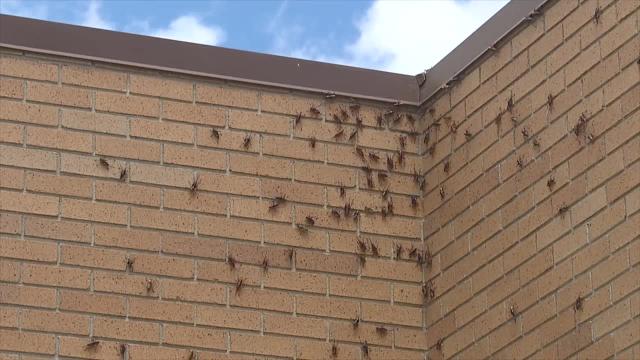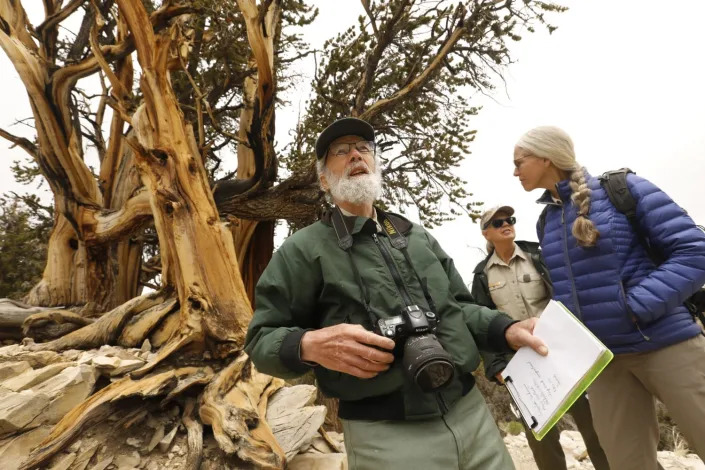‘Stop financing wars’: Protesters at G7 demand concrete action
By Daniel Niemann and Kirsten Grieshaber
The Associated Press
Posted June 25, 2022
At a news conference in Berlin on Wednesday, German Economy Minister Robert Habeck accused the Russian-owned Gazprom of reducing its gas supplies to Germany as “a political decision and not a technical, justifiable decision.” Stating that Germany is not affected by a gas-supply problem at the moment, he also warned that there was still a possibility of further energy supply restrictions from Russia, saying that “it is not over yet. It may just be the beginning.” – Jun 15, 2022
About 4,000 protesters gathered in Munich as the Group of Seven leading economic powers prepared Saturday to hold their annual gathering in the Bavarian Alps in Germany, which holds the G7 rotating presidency this year.
Organizers had hoped to mobilize up to 20,000 protesters in the Bavarian city and were disappointed by the low turnout at Munich’s Theresienwiese park, German news agency dpa reported.
Uwe Hiksch, one of the protest organizers, theorized said that potential participants might consider it inappropriate to challenge the world’s wealthiest democracies during Russia’s war in Ukraine.
“We have the impression that many people are unsettled by the war in Ukraine,” Hiksch told dpa.
Seven years ago, 35,000 people participated in protests when the G-7 held a summit at the same site in Bavaria.
The G-7 leaders — from the United States, Britain, Canada, France, Germany, Italy and Japan — are expected to start arriving in Germany on Saturday afternoon. Their summit agenda includes issues such as Russia’s war on Ukraine, climate change, energy and a looming food security crisis.
“Russia’s brutal war against Ukraine is also having an impact here,” German Chancellor Olaf Scholz said in a video podcast Saturday, referring to rising prices for groceries, gas and energy.
Fifteen groups critical of globalization, from the international Attac network to the environmental organization WWF, called on people to participate in demonstrations for this weekend’s summit.
Their demands included a phase-out of fossil fuels, the preservation of animal and plant diversity, social justice and a stepped-up fight against hunger.
“My demands for the G7 are that they have a clear commitment to energy transition, that is, the exit from fossil fuels, all forms of fossil fuels, by 2035 at the latest, so we can stop financing wars and conflicts,” said Kilian Wolter from the environmental group Greenpeace.
Earlier Saturday, during a separate protest demanding more global equality members of the antipoverty organization Oxfam wore oversized heads of the G-7 leaders.
“We need concrete action to cope with multiple crises of our times,” Oxfam spokesperson Tobias Hauschild told The Associated Press. “That means the G-7 have to act immediately. They have to fight hunger, inequality and poverty.”
A total of around 18,000 police officers are deployed around the summit site and the protests.
Scholz said the G7 leaders would discuss the current situation triggered by the war in Ukraine “and at the same time ensure that we stop manmade climate change.”
The chancellor was set to welcome the leaders at the Elmau resort near Garmisch-Partenkirchen on Saturday evening.
The G7 summit itself will take place in Bavaria’s Elmau from Sunday through Tuesday. After the meeting concludes, leaders of the 30 countries in the NATO alliance will then gather for their annual summit, which is being held Wednesday through Thursday in Madrid.




































